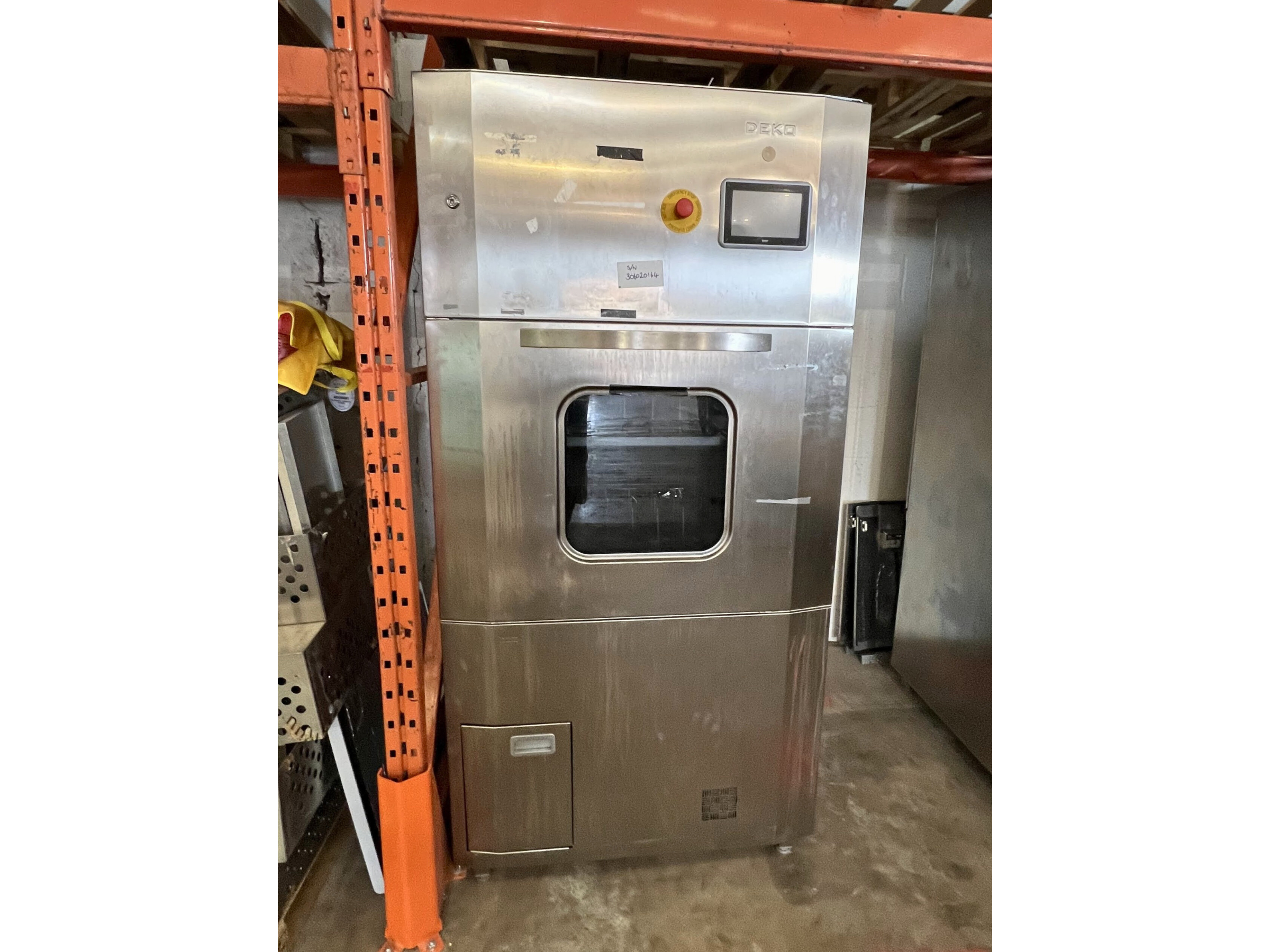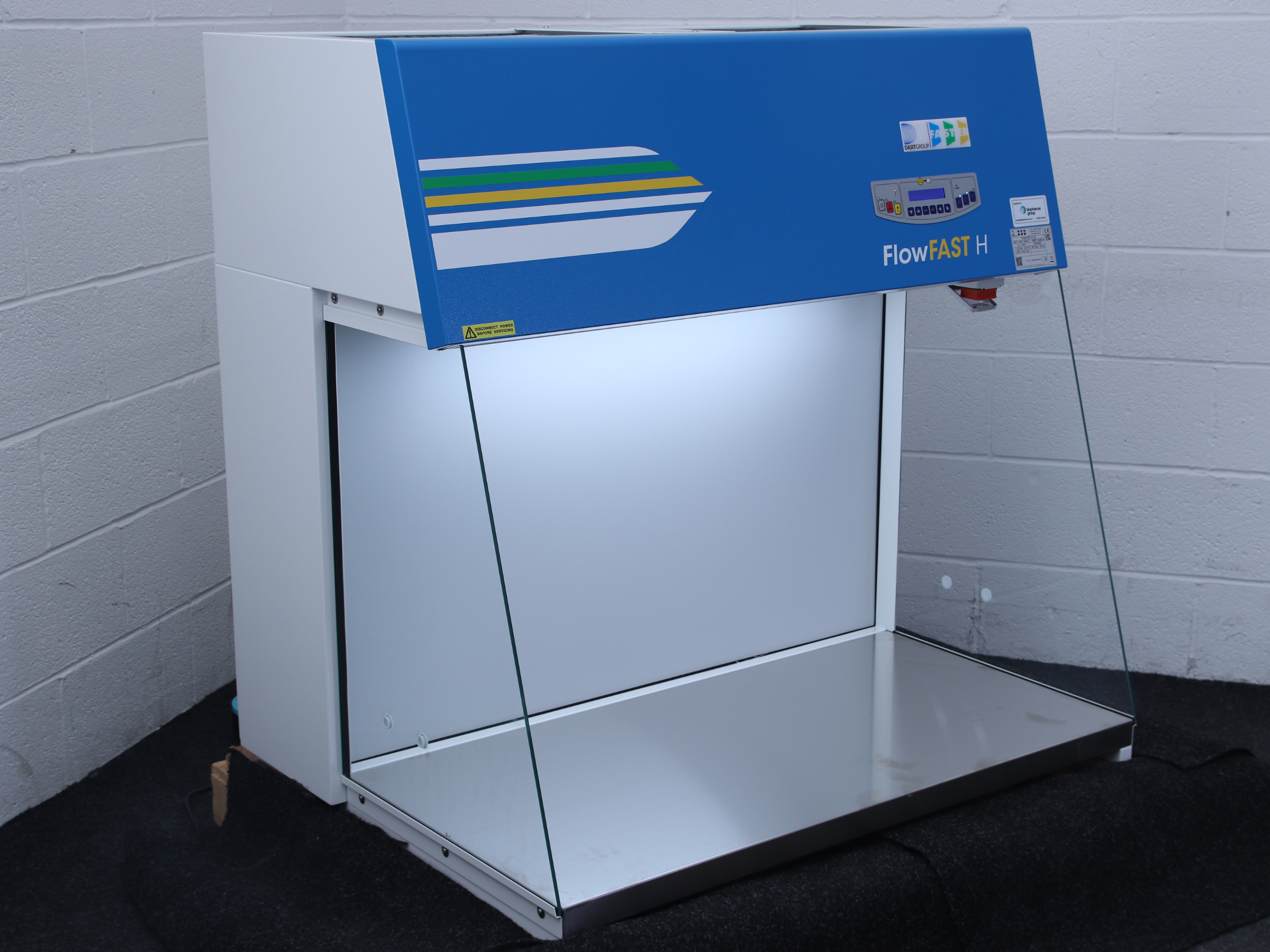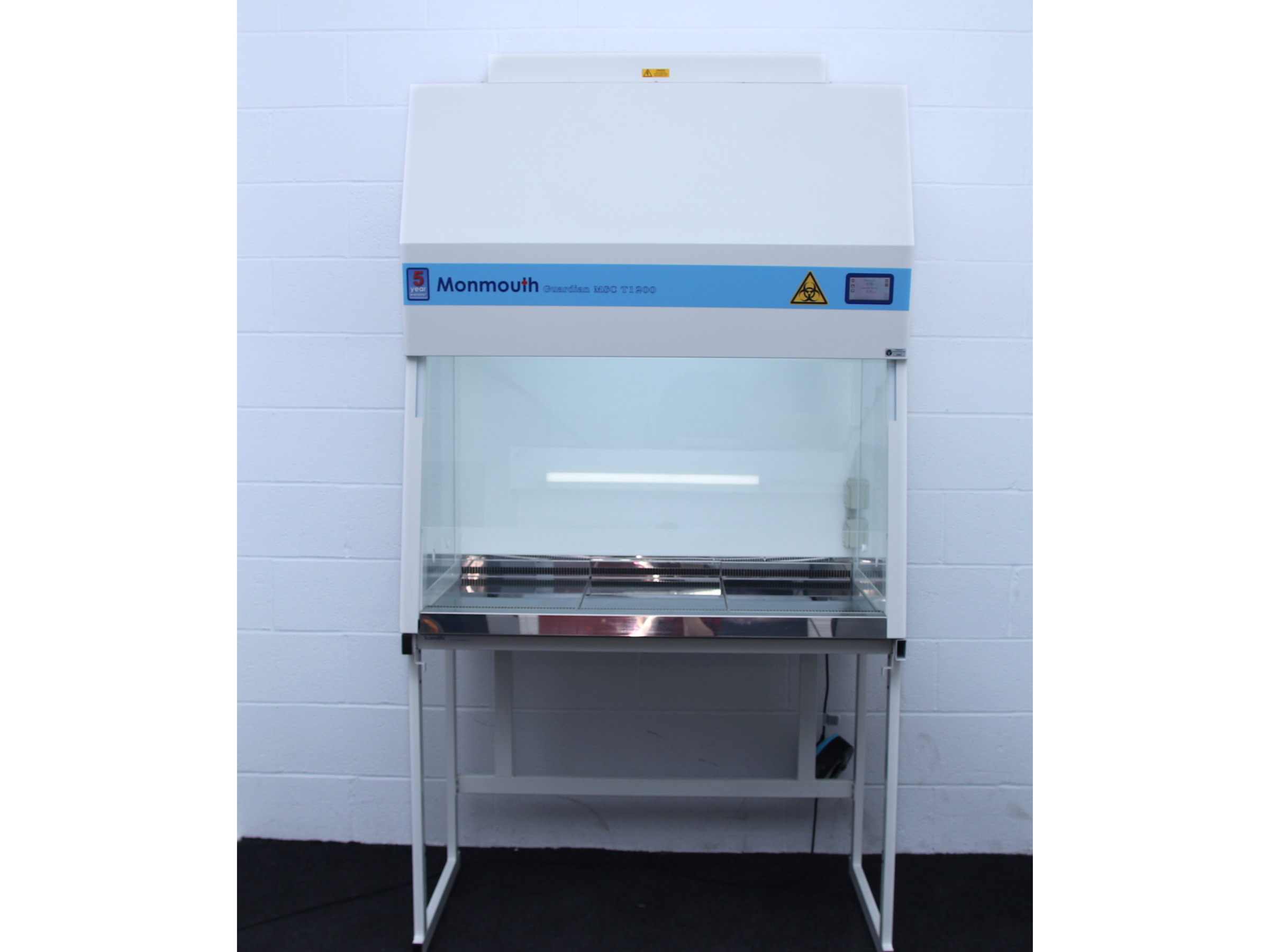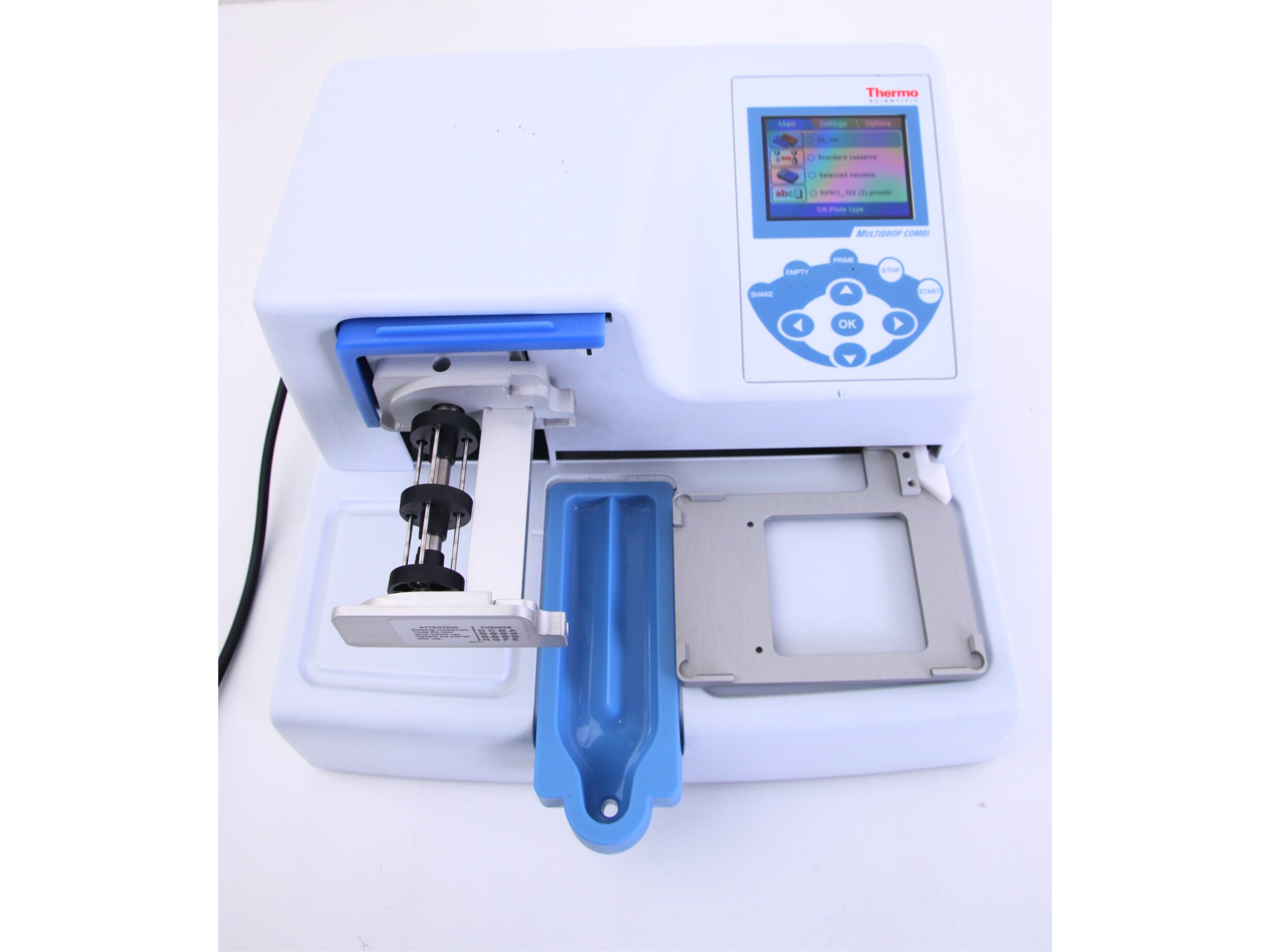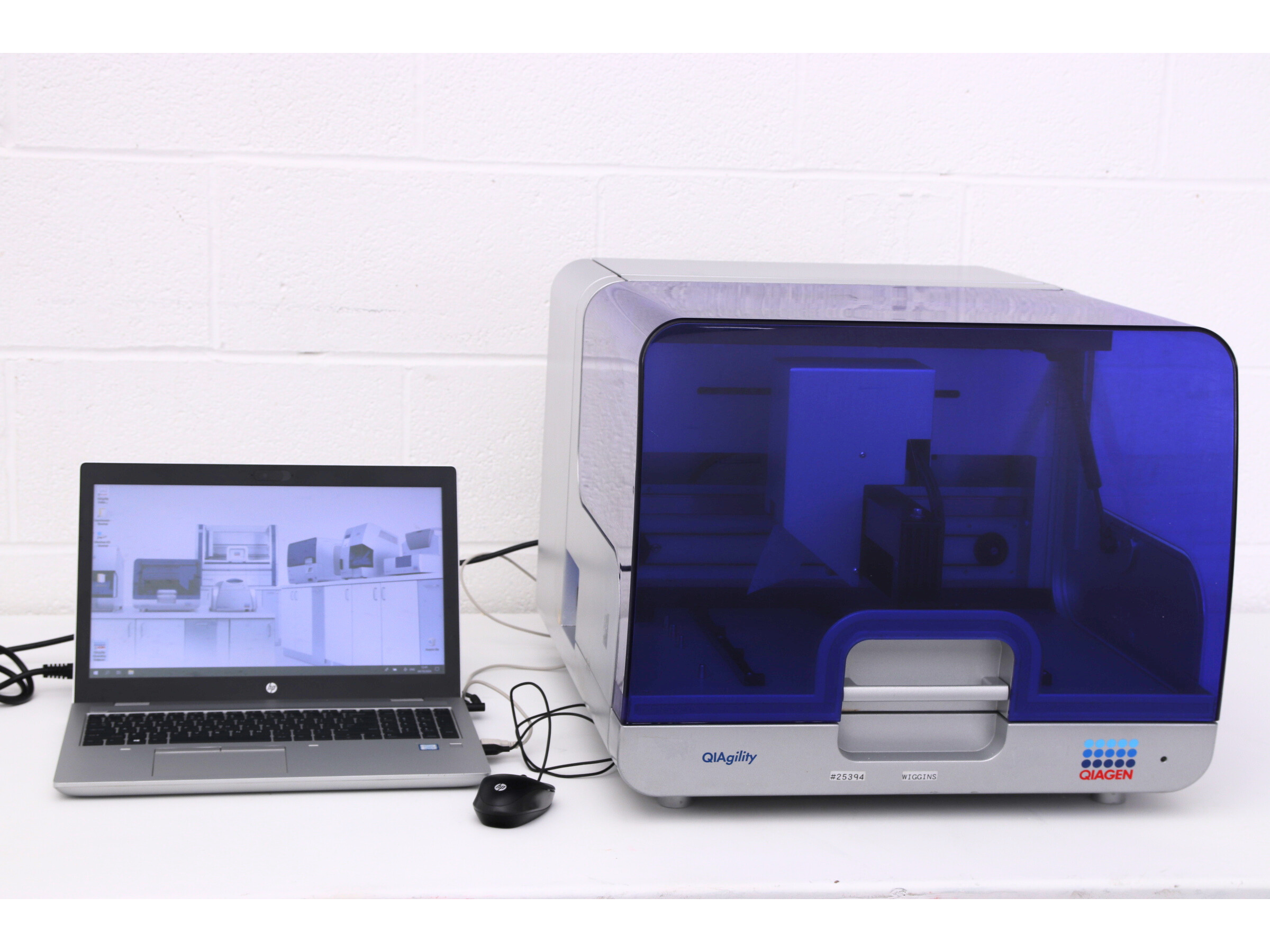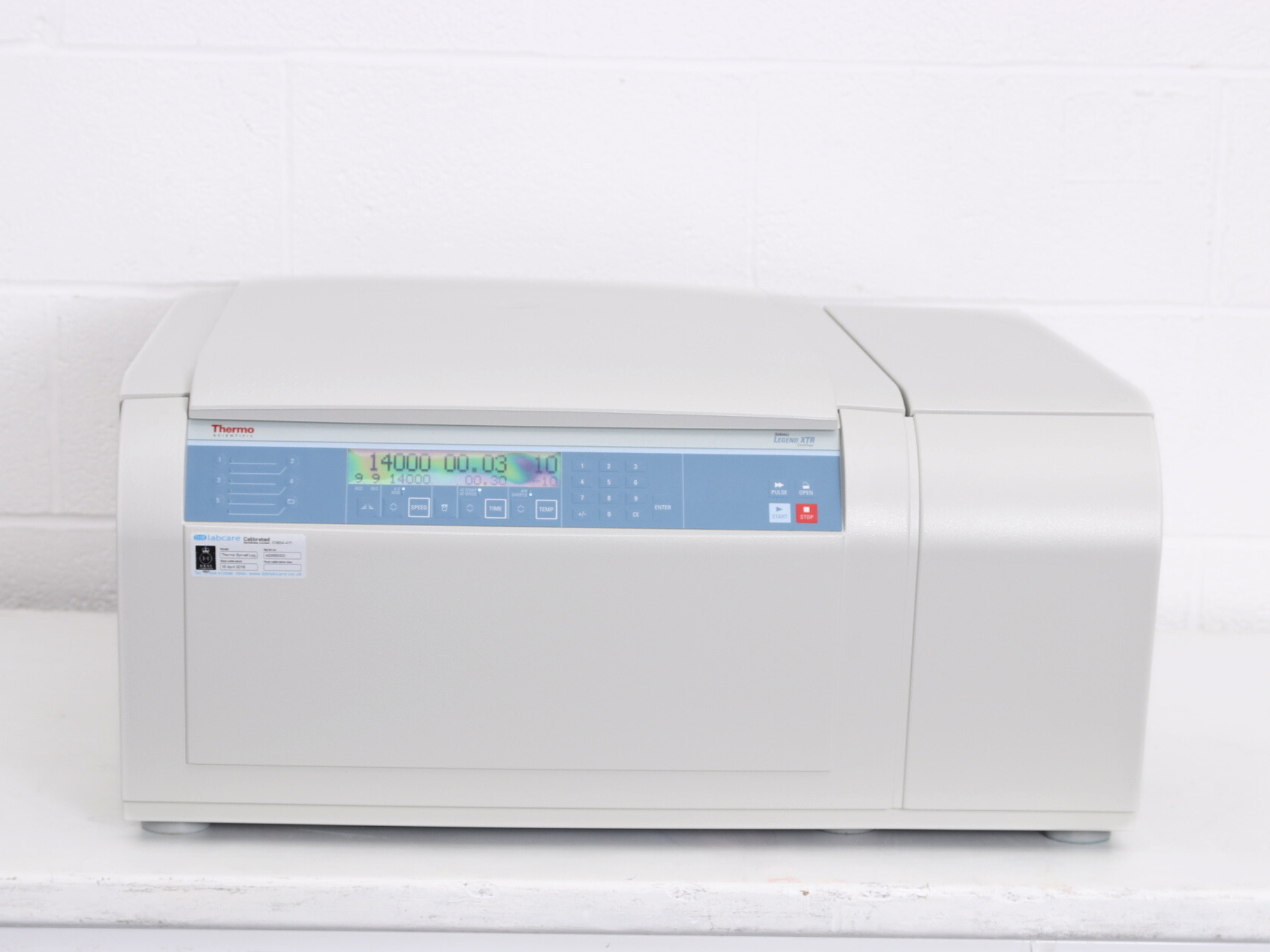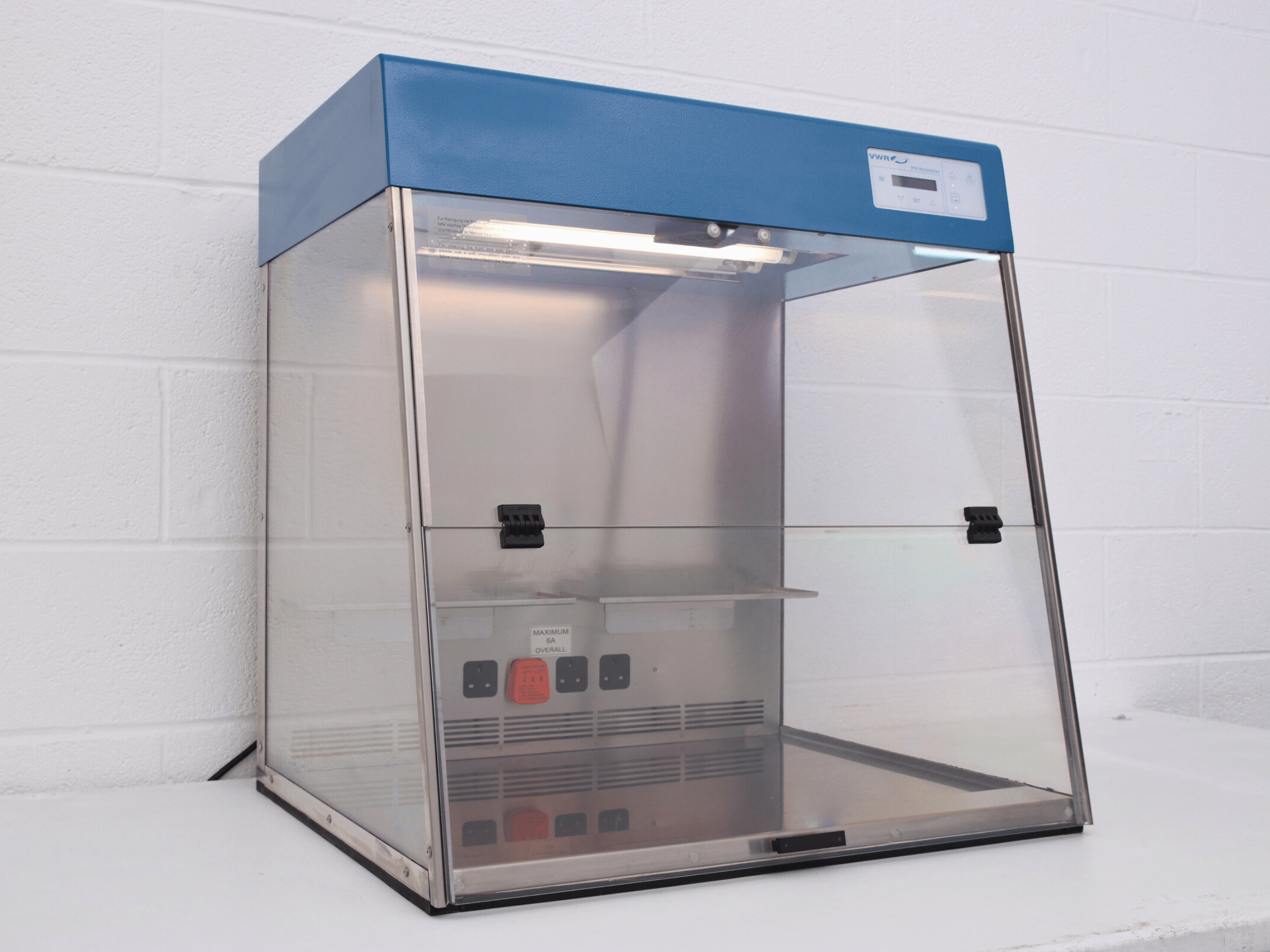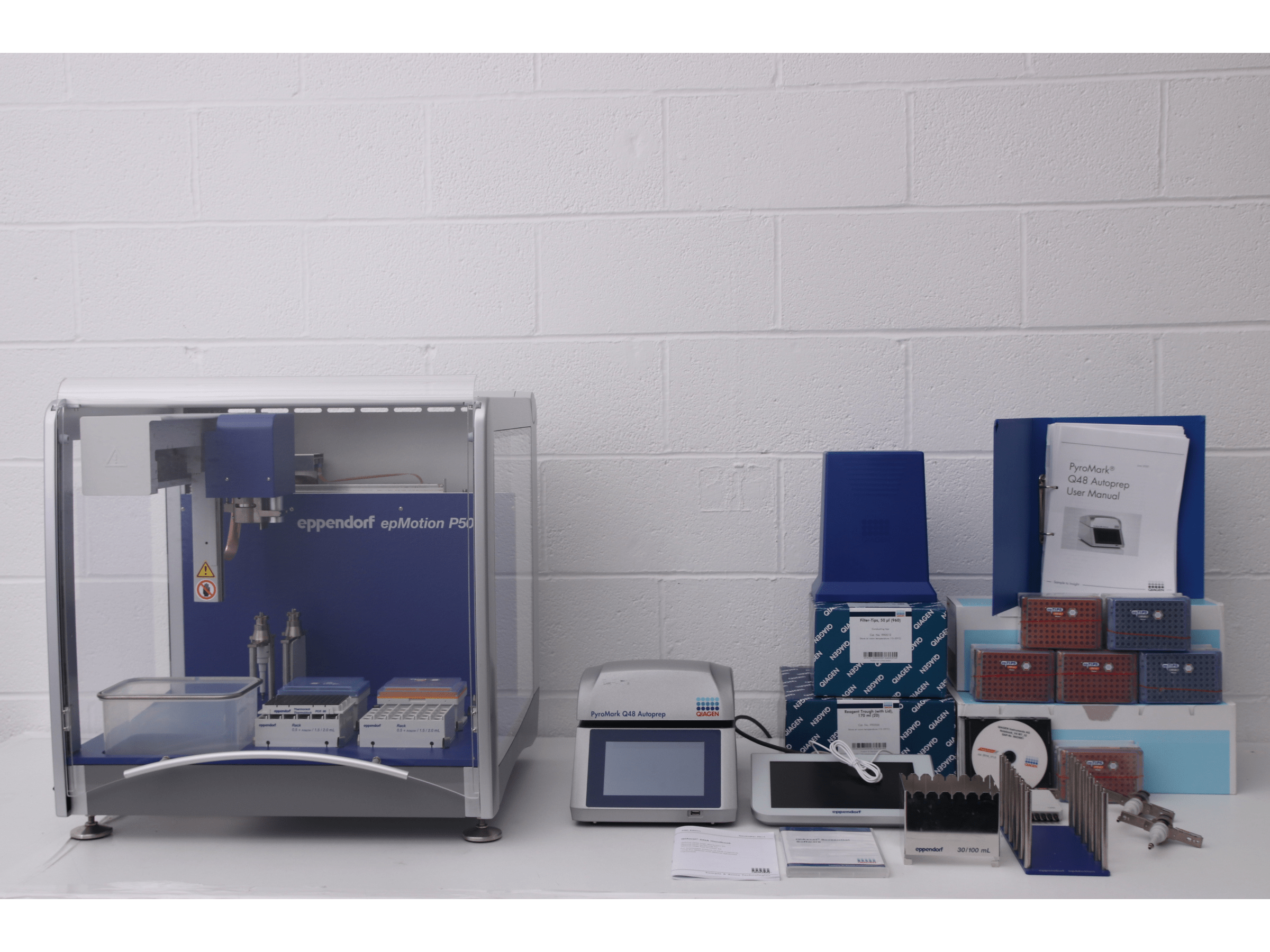We are all rapidly becoming more aware of the effect our daily actions have on the environment. Many of us are (rightly so) recycling more, saving heat and energy at home, even making changes to our diet and transport habits as we become increasingly aware of our impact on the planet. So why should our labs not be subject to the same scrutiny? Small changes in the way you work can make a big difference to the sustainability of your lab.
Download a free printable reminder to display in your lab
We know that everyone leads busy lives, and sometimes our weekly to-do list simply doesn’t allow time for working out how to make changes in the workplace. Even with the best intentions, it can be difficult to know where to start, and then another big project, or tight deadline comes along, and environmental concerns get put to the bottom of the pile. With that said, it simply isn’t an option to continue to ignore the problem. Read on to find out what easy fixes can you make straight away to set you on the path to a more energy efficient and sustainable lab.
Consumables
Consider whether you can use reusables rather than single use plastics
In the days before plastics, all labs used glassware and simply washed or disinfected it between uses. While it is important to ensure there is no cross contamination, and sometimes single use plastics are the most sensible option, it’s not always the case. Consider whether there are areas of your lab that can go back to using washable glassware rather than disposables. For many applications, glass pipettes can be used rather than disposable plastic ones, lids can be used in place of film wrap, and washable containers can be used rather than single-use bags.

Recycle
Wherever possible, it’s better to reduce waste by never using unnecessary items in the first place. But where it isn’t possible to reduce or reuse, recycling is vital.
Do you know what the different bins in your lab are used for? Does hazardous waste go in the same bin as paperwork? Do all your nitrile gloves go in the hazardous waste bin, even if they’ve only been used for benign waste?
It is common practice in many laboratories for almost all waste to be put into the hazardous waste bin. Much of this is sent to be incinerated, and none of it will be recycled or recovered.
Consider whether your plastic vials, pipette tips and other plastic consumables are suitable for recycling. If they have only been used for non-hazardous solvents, or even water, there is no need to put them into the hazardous waste bin. Where suitable, put them in the plastics recycling instead, and you can potentially save tonnes of plastic each year from going to the incinerator.
Did you know that Kimberly-Clark (major supplier of KimTech gloves, and other PPE) offer a PPE recycling service? Nitrile gloves, safety glasses and other PPE can be recycled into plastic pellets, which are then remolded into a wide range of other consumer products. Find out more here.
Of course, you can apply many of the recycling practices that you probably already employ in your own home. Keep separate bins for cardboards and plastics, recycle your ink or toner cartridges, and recycles spent batteries. Think now about whether your team knows where to put spent batteries or ink cartridges. It’s a two-minute job to set up a recycling box!
Water
Laboratories across the UK, and around the world, use an incredible amount of water. There are a number of ways you can reduce the amount you are using. Start by considering the basics – are taps left running when they don’t need to be? If your lab has a water recirculating system, make sure everyone understands how to manage water efficiently. Massive amounts of water are used for cooling, but a water recirculation system can reduce the waste (and water bill) considerably.
Solvents
Check that the solvents you are using are the least hazardous, while still being effective. You can use this handy fact sheet developed by Pfizer for solvent alternatives to audit your methods and work towards a more environmentally friendly lab. The sheet even offers less hazardous alternatives with similar dielectric constants, to help you rethink your solvent use. Just because everyone has always used DCM in your lab doesn’t mean it can’t be switched out for something less hazardous (such as ethyl acetate or toluene, for example).

Lab equipment
Many laboratories use an incredible amount of energy compared with other workplaces – often using 5-10 times more energy than offices. That means that any changes made to reduce the consumption of energy can make a massive difference to the overall carbon footprint of your lab. Fume hoods, and equipment used to heat or cool (think freezers, refrigerators, furnaces, ovens, etc.) are often the biggest offenders. There’s no denying that this equipment is essential in many laboratories, but with a few simple changes, the amount of energy consumed can be massively reduced.
Check you are using the most suitable piece of equipment. Larger autoclaves, furnaces, freezers, etc. use much more energy than smaller ones. If your fridge is only used for a small amount of samples, or if you’re turning on a huge water bath for one beaker, consider scaling down or sharing the equipment with another lab.
In 2021 more than 4 million kilowatt hours were saved over the course of the year by participants in the 2021 Freezer Challenge by My Green Lab and the Institute for Sustainable Laboratories. Read more or sign up for the 2022 challenge at freezerchallenge.org

Switch it off (or at least turn it down)
It is common for computers to be left on at all times, and sometimes connected equipment requires them to be running all the time. But consider whether it is necessary for every computer in your lab. Where possible, turn them off, put them in sleep mode, or at the very least, switch off the monitor.
Freezers and refrigerators should only be set as low as they need to be – Ultra low freezers, for example, often go as low as -80°C, but if your application can function perfectly at -70°C then you should only set your freezer at that temperature. When set at -80°C, ULTs (ultra-low temperature freezers) can use as much as 20 kWh per day (1). There have been numerous papers written to support the notion that -70 °C is a perfectly safe and effective storage temperature for a wide range of samples (2) (3).
Use timers wherever possible. If there are pieces of equipment that are left on overnight so that they are ready for use in the morning, consider whether a timer that switches on at 4am instead might be a suitable option. Of course, it all comes down to the individual lab. But even a few hours of not running an energy draining water bath or vacuum pump can make all the difference.
Keep it closed
If fume hoods need to be left on, keep the sash closed when you are not using them. Fume hoods alone can use enough energy each day to power an entire home. Often, they need to be left running continuously, making them a massive drain on your power consumptions (and your energy bill). By simply closing the sash all the way when the hood is not in use, the amount of energy required can be drastically reduced. And there is no reason for solvents or reagents to be stored in fume hoods long term. If your fume hoods are being used as a power hungry (and very costly) storage unit, speak to your facilities manager about a more suitable arrangement.
Freezers and refrigerators are well insulated, to enable the contents to remain as cold as possible with as little effort as possible. Unfortunately, all of this is undone if the door is opened repeatedly or left open. Minimise the time the door is left open by adding contents in batches. Displaying a content map of the freezer on the outside allows you to go straight to the shelf where your sample is stored, reducing time spent looking for it, and minimising the amount of time the door is open for.

Maintain equipment
Equipment maintenance for energy efficiency doesn’t need to be arduous. But well-maintained equipment can save huge amounts of energy, and keep that energy bill down. Simple fixes include ensuring refrigerator seals are effective, pumps are kept free of dust to stop them working harder than they need to, and heating elements are kept clean. Equipment that is not well maintained often uses considerably more energy.
Upgrade to more efficient equipment
Of course, the time will come when equipment needs replacing. When you are shopping for new equipment keep an eye on the energy requirements of your new machine – most manufacturers provide this information as standard in their manuals or product descriptions. Newer freezers often use more efficient and environmentally friendly coolants than their older counterparts, while chest freezers tend to be more efficient than uprights.
Recycle old equipment
It is not uncommon, particularly in research, for labs to get repurposed and refitted fairly regularly. Buying used equipment rather than new has a whole host of benefits. Repurpose used equipment by buying second hand. Additionally, much of the second-hand laboratory equipment for sale at Richmond Scientific is 1/3 of the price of new.
It’s not just expensive equipment that can be bought second hand. eBay can be a treasure trove for picking up cheaper items such as pipette holders, storage boxes and test tube holders for a fraction of their full price, and with none of the environmental guilt of buying yet another plastic accessory.
When it comes to getting rid of your old kit, consider checking whether a neighbouring lab can make use of it, selling it on eBay, or using a lab clearance service such as the one we offer at Richmond Scientific.
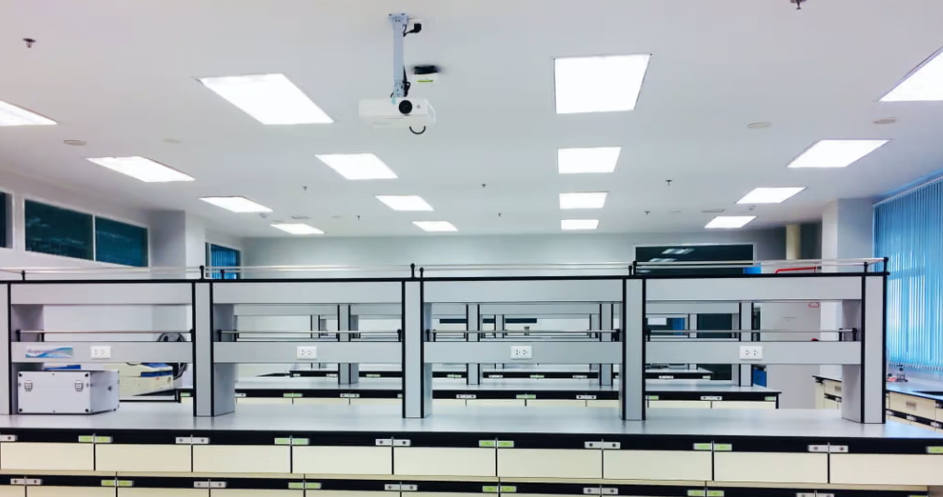
Education
How many times have you done something in a certain way simply because that was what you were taught to do in your first week, and you’ve never questioned it? By educating all lab users on what different bins are used for, the importance of saving water, and how to save energy, a massive difference can be made to the carbon footprint of your lab. The best results will come when the whole team is on board, so make sure it’s a conversation that everyone is involved with.
8 Things you can do right now to improve your lab sustainability
- Keep doors closed to reduce the heating requirement
- Turn off lights that are not in use
- Recycle anything that can be recycled
- Keep fume hoods closed when not in use
- Check the temperature of fridges and freezers
- Check the seals are tight on fridges, freezers and ovens
- Dust fans, pumps and vents to ensure adequate airflow
- Print and display the quick guide for each lab to get everyone on board
Follow Richmond Scientific on Facebook and Instagram for more ideas on keeping a green and sustainable lab

